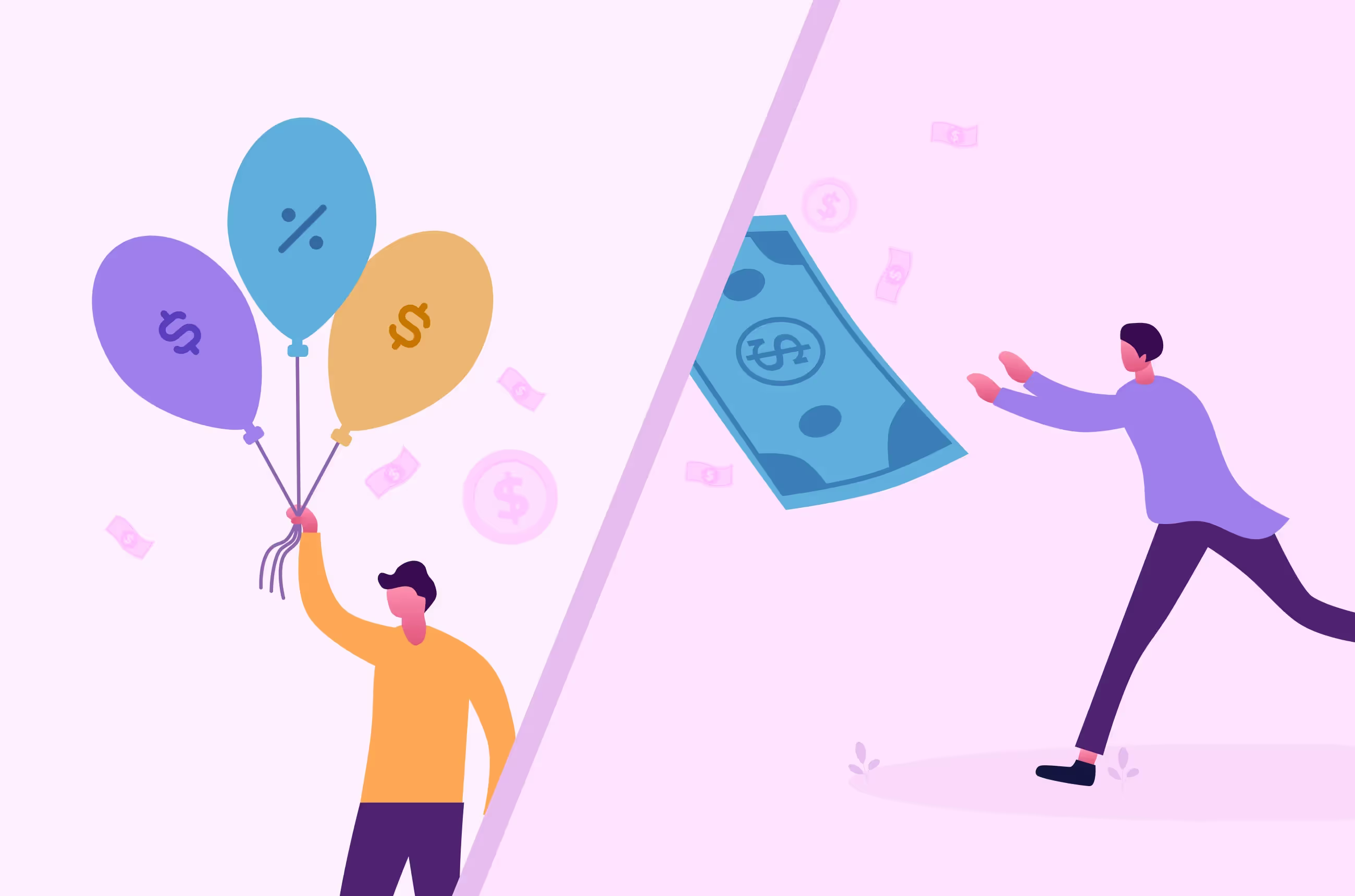The right incentives can truly be game-changing for your organization. Your reps will feel motivated, achieving your business goals looks very much possible, and there are many more perks to it.
While commissions are most commonly used to incentivize reps, SPIFs are widely used as well.
So, how different is SPIF from commissions?
The Difference Between SPIF & Commissions
While both are performance pay based on the results that reps can show, they aren’t necessarily the same.
SPIFs, also called Sales Performance Incentive Fund is an incentive strategy that’s designed to achieve a short-term goal. When reps can complete a particular goal in a given period of time, then they’re rewarded. For example, if your rep can increase your sales numbers within a quarter, they’ll get the incentive.
Unlike SPIF, commissions are always part of a sales rep’s salary and are permanent rather than temporary. Hence, they need to be designed properly with long-term objectives in mind. A quarterly SPIFF can be lucrative but a commission plan needs to be sensible.
The average commission rate for the SaaS industry is 8% - 12%, and SPIFs can be a fixed amount or any other type of benefits like a free trip, subscriptions, etc.
Benefits of SPIF
Improves Reps Engagement
Your sales reps need to feel involved when they’ve to do the selling for your organization. Disengagement from employees is a major cause because of which you may fall short in reaching your goals. SPIFs can solve this problem for you, and increase participation from reps.
Helps in Achieving Short-term Goals
When you enter into a new market or launch a new product/service, you need your reps to give you the competitive advantage & create momentum. SPIFs can make your reps prioritize the new offerings, and go all out in reaching their short-term goal in the given time.
Encourages the Reps to Reach their Quota
Reps can achieve their quota well ahead of time with SPIF and can contribute to other sales needs of your organization. On the other hand, if you’re team is lagging behind in attaining quarterly or monthly goals, you can introduce SPIF to motivate them to hit the target within the timeframe.

Benefits of Commission
Motivates Employees
The commission pay completely depends on how well the reps have accomplished a particular task and helps the reps stay driven to bring out their A-game. The better they perform, the higher their commissions are.
Helps Manage Payroll Better
By compensating reps based on commissions, employers can manage their payroll better. It’s because the amount that’s paid to reps depends on the sales done by them, and can keep costs down in the payroll if reps don’t perform well.
Final Thoughts
You know how different is SPIF from commissions, and how they’re used. Both SPIFs and commissions are effective on their own terms, but the trick is to use them properly. Commissions are your long-term strategy of how you want to reward your sales reps whereas SPIFs are temporary tactics that you can use to boost your revenue.
If you need a hand in calculating commissions easily, and keep a track of your reps’ performance, Everstage can do the job for you. Book a demo to know how our commission automation tool works.




.avif)
.avif)
.avif)

.avif)

.avif)

